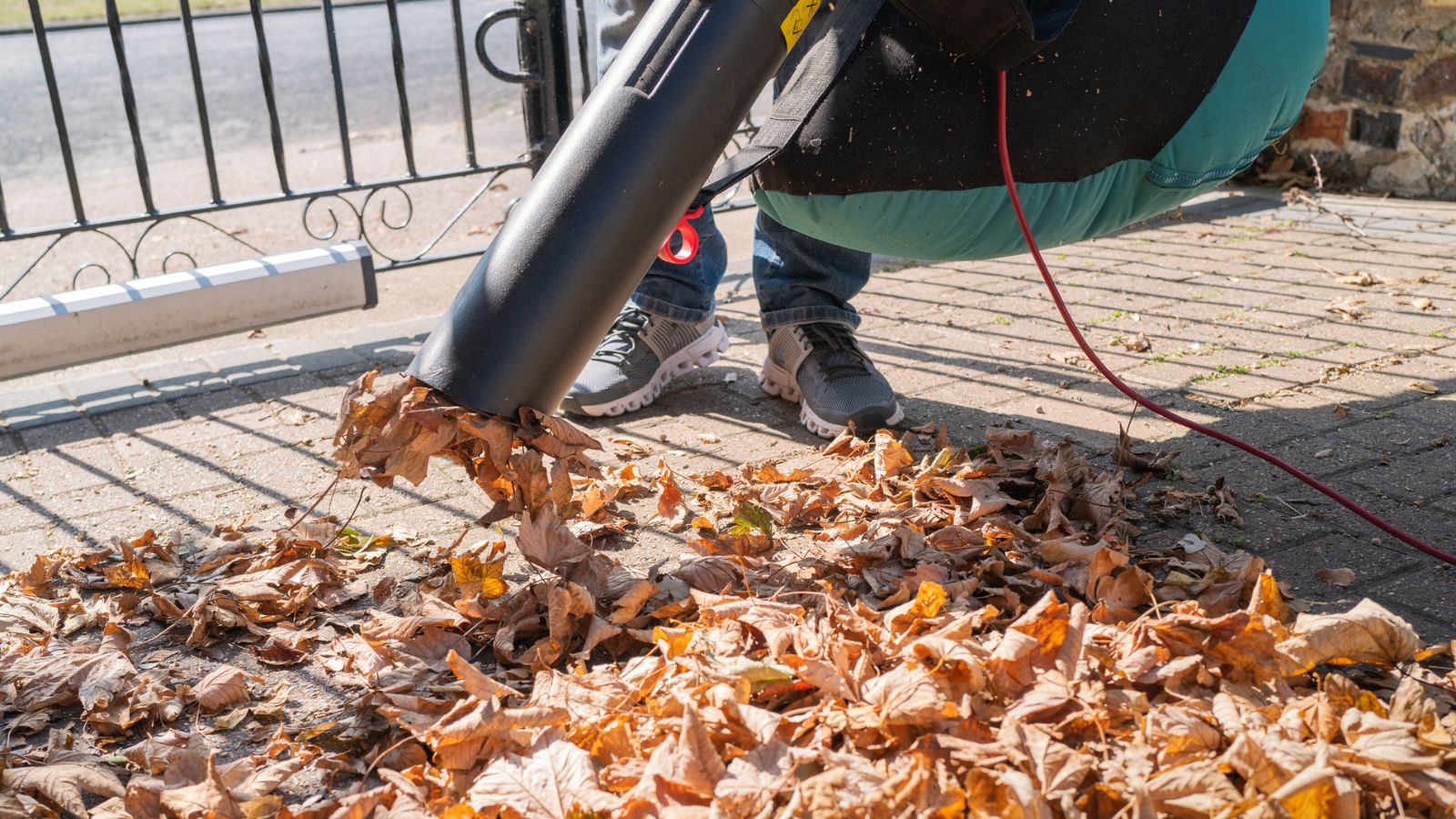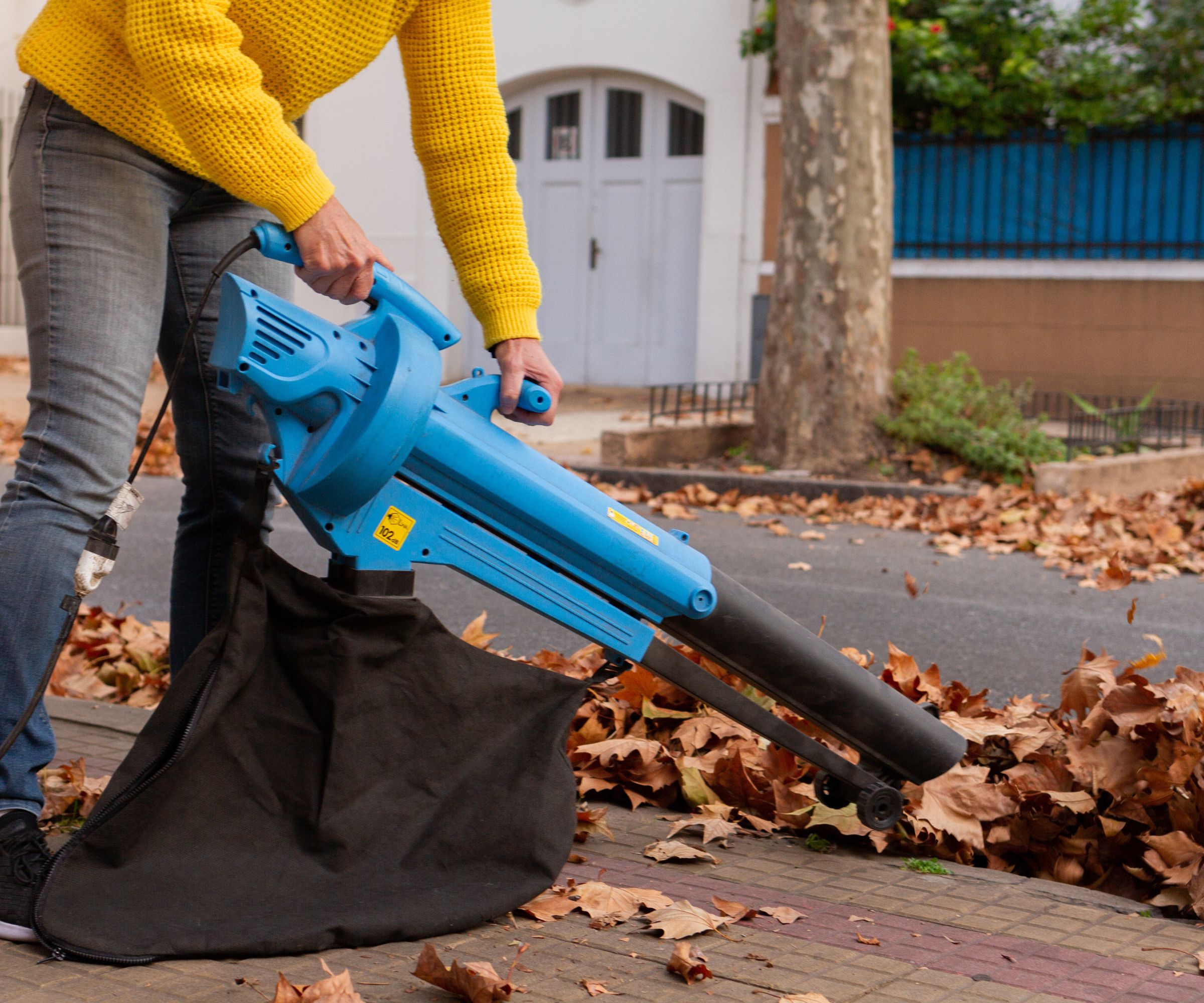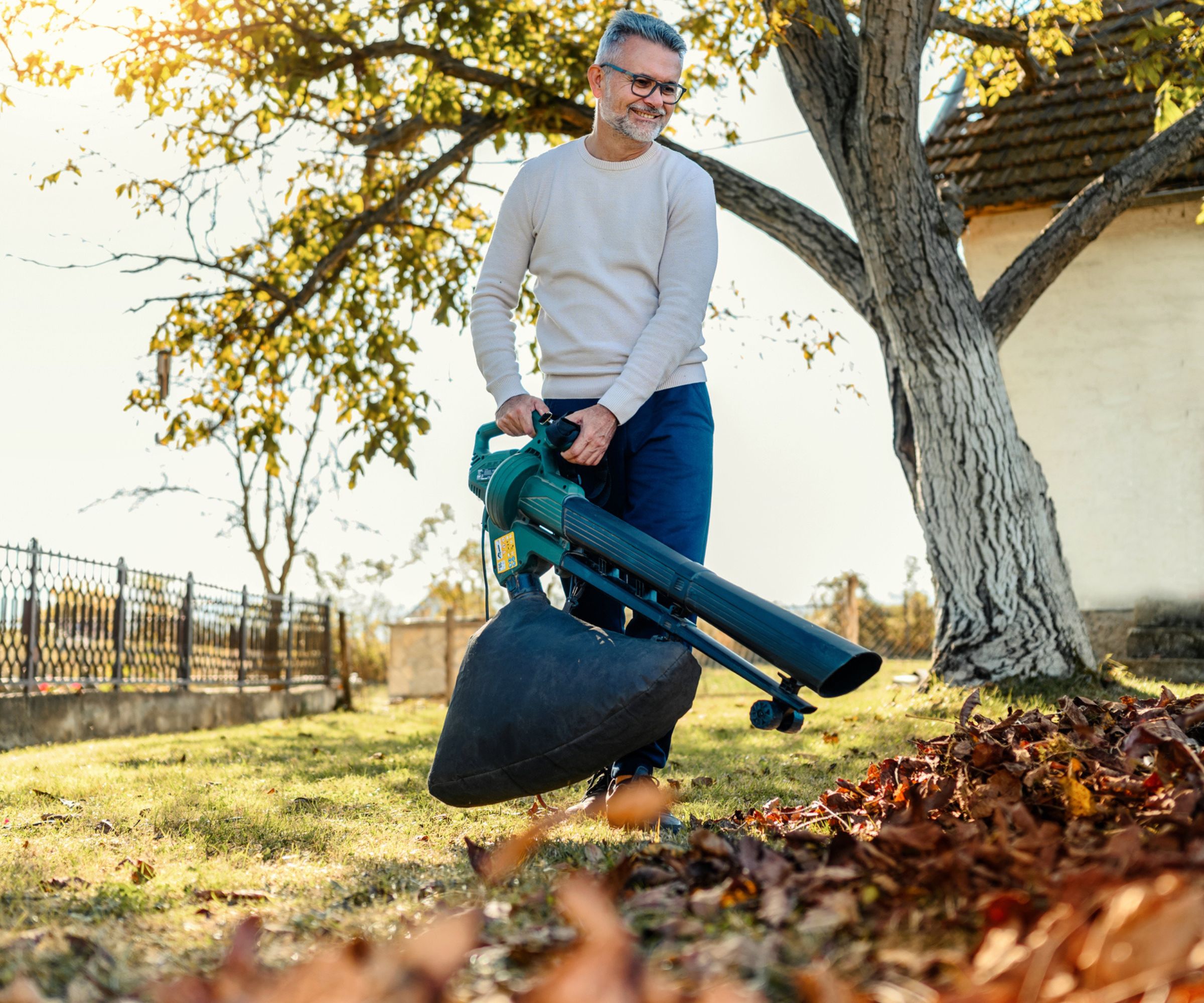
Leaf vacuums seem like they should be an essential gardening tool in the fall. They remove leaves from your patio, bag them for you, and even turn them into mulch you can reuse around the garden. It's three jobs done in one. It should be an obvious purchase.
Unfortunately, the old adage is true. If it seems too good to be true, it probably is, and leaf vacuums have significant issues that you need to bear in mind.
As a product tester, I've tested a lot of leaf vacuums, and while they can be great, they're often much less effective than a good old-fashioned hand tool. This is everything you need to know about these nearly-useful vacuums.
Are there benefits to leaf vacuums?

Leaf vacuums are almost always a combination of leaf vacuums and leaf blowers. This means they're very versatile machines. When I've tested these appliances, I've found that not only do they do a good job of blowing leaves into piles, but they're good for tackling other yard cleaning tasks like clearing gutters.
The vacuum mode is supposed to save the labor of bending down and picking up leaves, and when it works, this is true. It saves a lot of work bagging up leaves, and you can easily empty the bag onto a compost heap or into a yard bag.
On top of that, leaf vacuums reduce leaves into a fine mulch that's great for spreading on flowerbeds or reusing as compost. This means that you're getting full value out of waste products; you won't have the errand or expense of buying compost.
When I tested this leaf vacuum a couple of years ago I found that it does a reasonable job at turning leaves into mulch. However, like all leaf vacuums, the bag is pretty small.
The Worx Trivac is also good. This makes the best mulch of any leaf vacuum I've tried. However, it's corded, which is a nuisance when you're moving around the yard.
I love Toro's mowers, so while I haven't tested this vacuum, it should at least be powerful. This model has a metal impeller to crunch through sticks, and it can reach a wind speed of up to 235 mph.
Are there drawbacks to leaf vacuums?
However, my years of testing have thrown up a few drawbacks to leaf vacuums.
Capacity is the first issue with leaf vacuums. The collection bags on leaf vacuums are pretty small. I've mostly tested them on a small patio of 15x18 feet, and each one has required at least two bag changes to clean the whole space. That's not a great return for your work, and it's not as convenient as the marketing for these vacuums claims.
Not only that, but they don't actually reduce leaf litter by the ratios they claim. The advertising will say that the leaf vacuum can reduce leaves to mulch by as much as 12:1. This is never true, and it's why they must be emptied so often.
This brings us to another problem - it's often difficult to empty the collector bag. The collection bags are made of fabric, but that's a magnet for tiny fragments of sticks and leaves. If they're even slightly damp, they will cling to the inside of the bag, and it's very messy to empty.
Switching between leaf blower and vacuum mode is surprisingly finicky. The process involves removing a vacuum cover and switching the leaf blower tube around the back of the machine to reverse the air intake. You'll often see that the vacuum mode needs an entirely new vacuum tube, which can be difficult to store. Again, the marketing materials for these vacuums often make it seem like you can use the blower function to blast leaves into piles and then vacuum them up with the flip of a switch, but the process is often more complicated than it first appears.

However, the problems above are pedantry compared to the biggest issue. Leaf vacuums don't always work. They're great if you have big piles of perfectly dry, crisp leaves. If your only source of leaves is a maple in your front yard and it hasn't rained in days, a leaf vacuum is your new best friend. It will make short work of these leaves and turn them into fine leaf mulch.
However, most yards aren't like that. I love to garden, so there's a huge range of plants in the yard. I test leaf vacuums on a patio that sits next to rowan and birch trees, as well as butterfly bushes and clematis vines. This makes for a lot of leaves in fall, and they're mixed in with sticks and rowan berries. If it's even slightly damp, all that plant matter combines into clumps that can't always be picked up by a leaf vacuum. Very cheap leaf vacuums could only pick up around half of the leaves.
I can't tell you how many afternoons I've spent wheeling a middling leaf vacuum around a patio and wishing I could just sweep it all up. It's more work, but if you have a lot of leaves and live in a damp climate, it's much more effective to just sweep leaves and bag them.
Should I buy a leaf vacuum?
I think it's wise to avoid leaf vacuums. If you struggle to bend down, it might be worth buying one, but only if you have a very small patio or yard. For everyone else, you're much better off putting in the effort to blow or sweep up your leaves. It sounds like more work, but it's actually faster and cheaper than a frustrating leaf vacuum.
FAQs
Can you use a leaf vacuum to blow snow?
You can use a leaf vacuum to clear snow. If you set it to the blower mode, you can use it to clear light snow from paths and driveways.
While leaf vacuums might not be a great idea, there's still a use case for leaf blowers - I compared the two in my head-to-head analysis of leaf blowers vs leaf vacuums. That said, even leaf blowers have their shortcomings, so it's worth considering if you should just use a humble rake instead.







